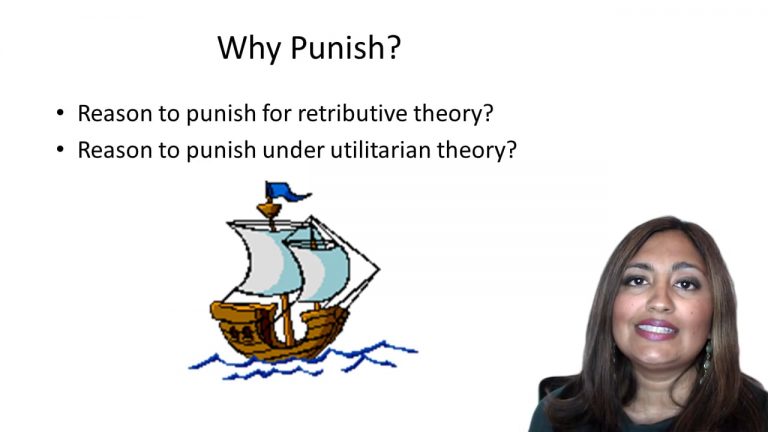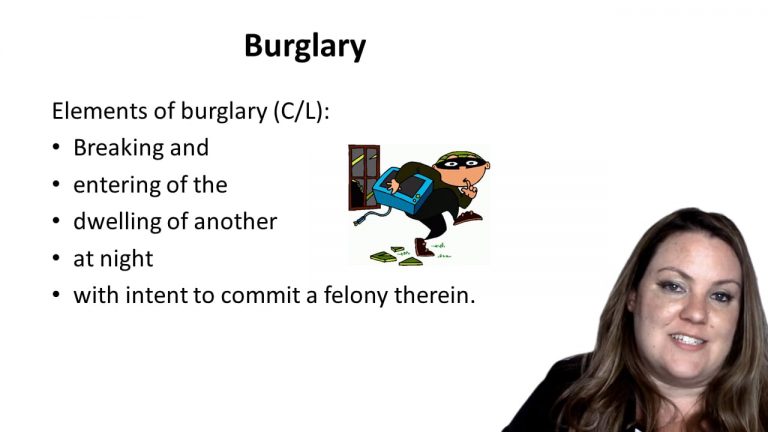SmartBrief
Confirm favorite deletion?
Criminal Law Keyed to Weaver
Graham v. Florida
Citation:
560 U.S. 48 (2010).
ProfessorScott Caron
CaseCast™ – "What you need to know"
Facts
The Defendant, Terrance Graham, was born to parents who used drugs. In elementary school, he was diagnosed with attention deficit hyperactivity disorder. At the age of 9, the Defendant began drinking and at the age of 13 he began using tobacco.
At the age of 16, the Defendant and three other youths attempted to rob a restaurant. The charges against the Defendant were armed burglary with assault or battery and attempted armed robbery. Armed burglary with assault or battery was a first-degree felony carrying a maximum penalty of life imprisonment without the possibility of parole and attempted armed robbery was a second-degree felony carrying a maximum penalty of 15 years imprisonment. The Defendant pleaded guilty to both charges under a plea agreement. The court sentenced the Defendant to three years probation.
Roughly six months later, the Defendant was once more arrested. The Defendant and two others named Bailey and Lawrence participated in a home invasion robbery during which they held a couple of men at gunpoint while ransacking the house to look for cash. Additionally later that same night, the three attempted a second robbery during which Bailey was shot. A detective asked the Defendant how many other robberies he had been involved in other than the ones that night to which the Defendant replied, “two or three.” The events occurred 34 days shy of the Defendant’s 18th birthday.
The trial court held hearings on the Defendant’s probation violations. It found that the Defendant violated his probation by committing home invasion robbery, by possessing a firearm, by associating with persons engaged in criminal activity, and fleeing arrest. The trial court found the Defendant guilty of the earlier armed burglary and attempted armed robbery charges. The trial court sentenced the Defendant to the maximum sentence authorized by law on each charge which was life imprisonment for the armed burglary and 15 years for the attempted armed robbery. Since Florida abolished its parole system, a life sentence gives a defendant no possibility of release unless granted executive clemency.
The Defendant challenged his sentence under the Eighth Amendment.
Only StudyBuddy Pro offers the complete Case Brief Anatomy*
Access the most important case brief elements for optimal case understanding.
*Case Brief Anatomy includes: Brief Prologue, Complete Case Brief, Brief Epilogue
- The Brief Prologue provides necessary case brief introductory information and includes:
Topic:
Identifies the topic of law and where this case fits within your course outline.Parties:
Identifies the cast of characters involved in the case.Procedural Posture & History:
Shares the case history with how lower courts have ruled on the matter.Case Key Terms, Acts, Doctrines, etc.:
A case specific Legal Term Dictionary.Case Doctrines, Acts, Statutes, Amendments and Treatises:
Identifies and Defines Legal Authority used in this case.
- The Case Brief is the complete case summarized and authored in the traditional Law School I.R.A.C. format. The Pro case brief includes:
Brief Facts:
A Synopsis of the Facts of the case.Rule of Law:
Identifies the Legal Principle the Court used in deciding the case.Facts:
What are the factual circumstances that gave rise to the civil or criminal case? What is the relationship of the Parties that are involved in the case.Issue(s):
Lists the Questions of Law that are raised by the Facts of the case.Holding:
Shares the Court's answer to the legal questions raised in the issue.Concurring / Dissenting Opinions:
Includes valuable concurring or dissenting opinions and their key points.Reasoning and Analysis:
Identifies the chain of argument(s) which led the judges to rule as they did.
- The Brief Prologue closes the case brief with important forward-looking discussion and includes:
Policy:
Identifies the Policy if any that has been established by the case.Court Direction:
Shares where the Court went from here for this case.
Topic Resources
Topic Videos
 9m 29s
9m 29s 4m 26s
4m 26s 5m 52s
5m 52sTopic Charts & Notes 
